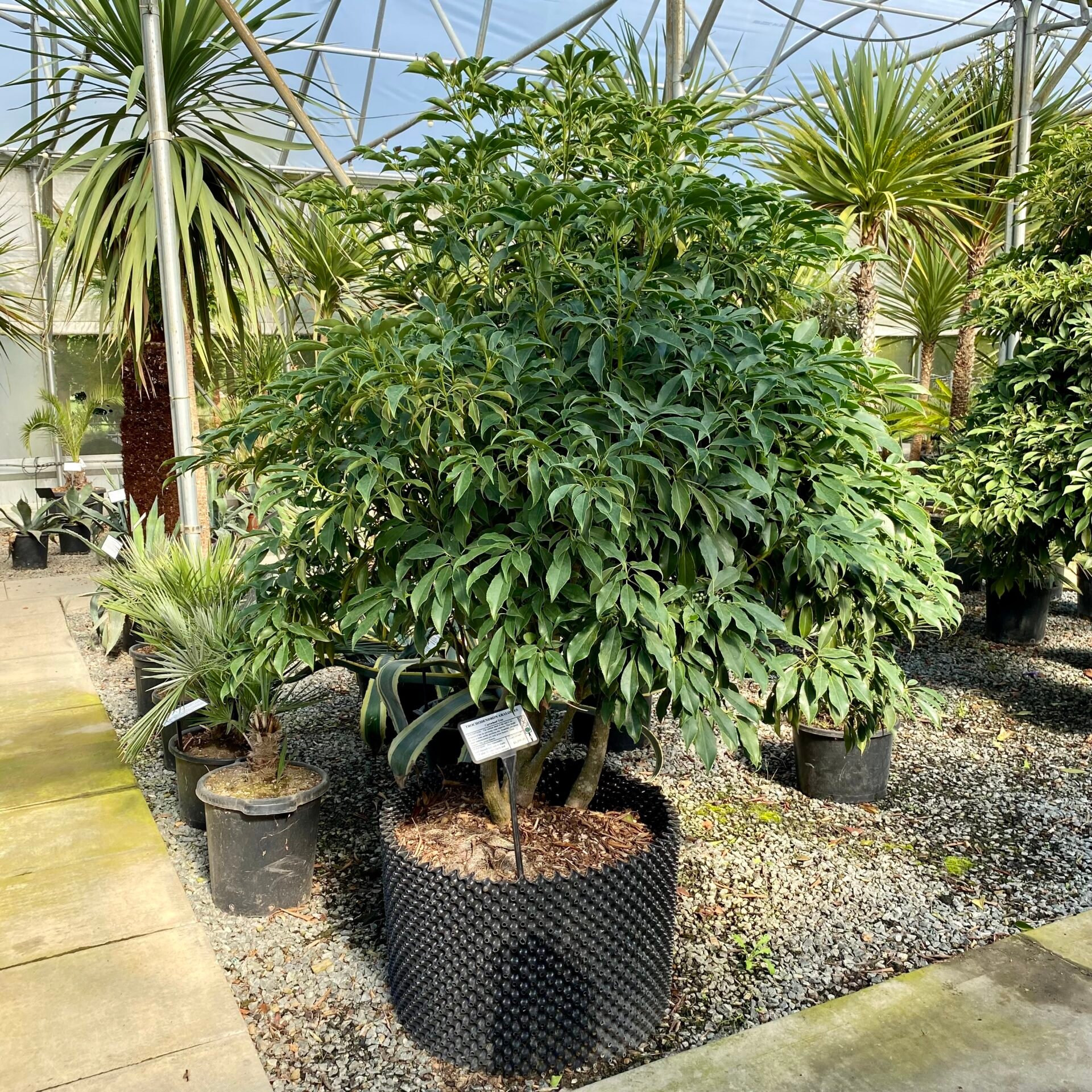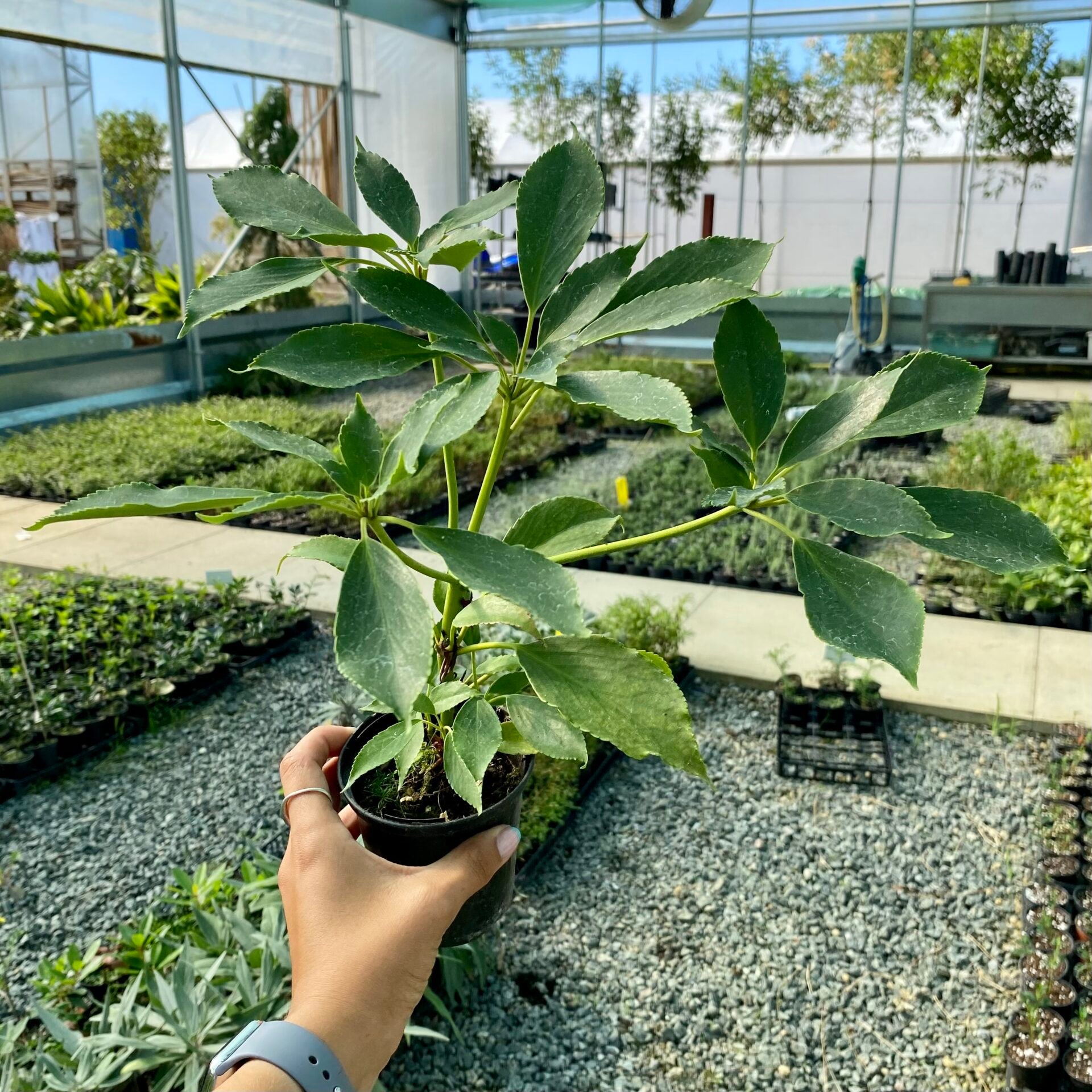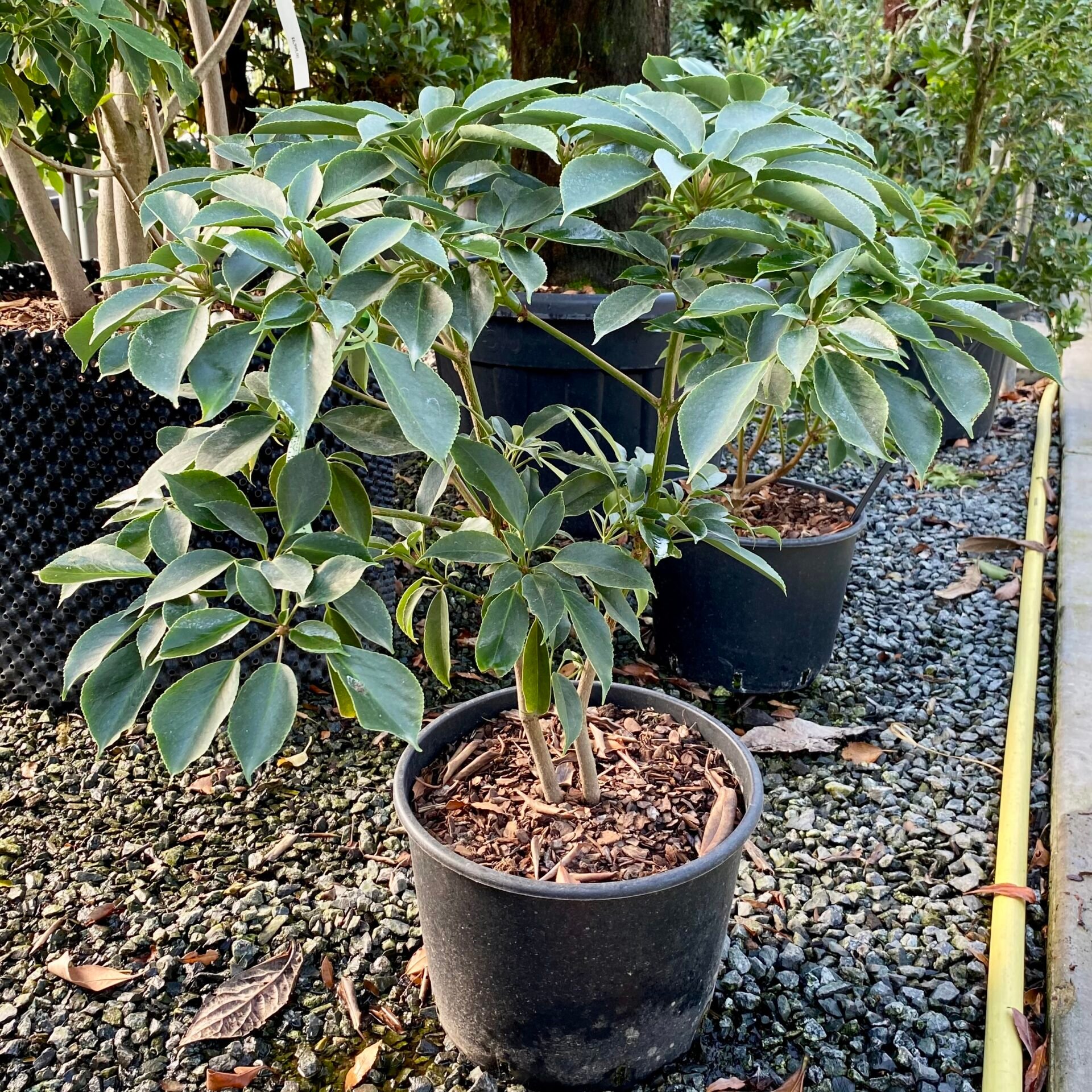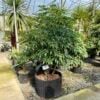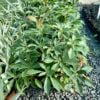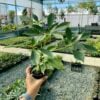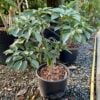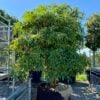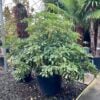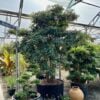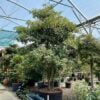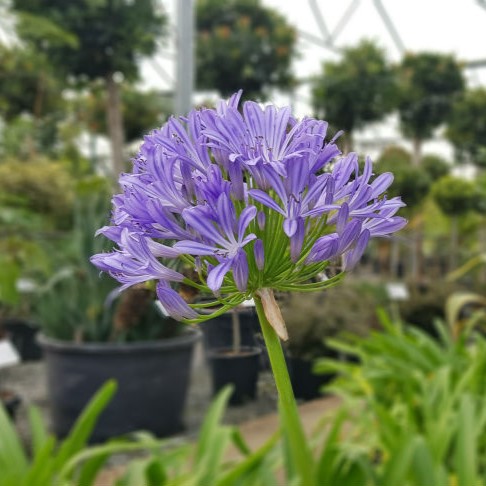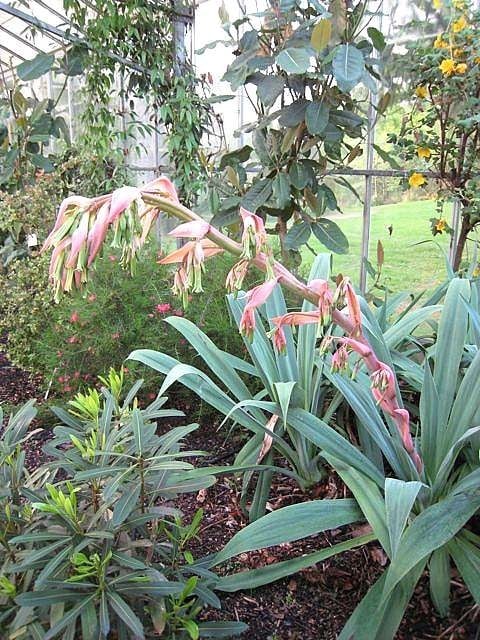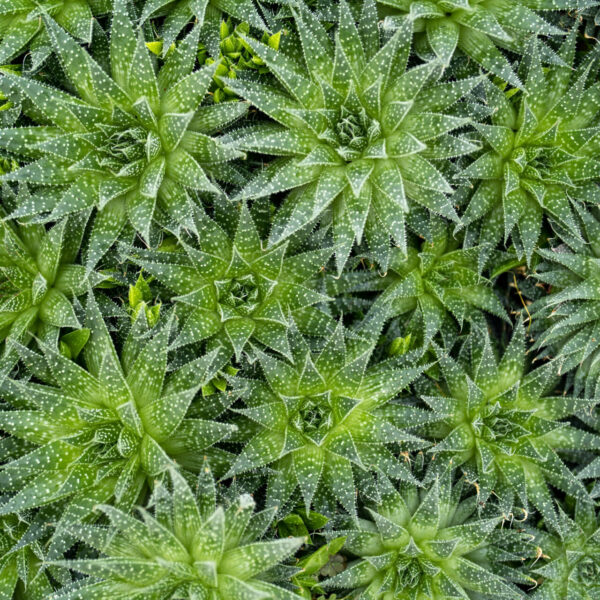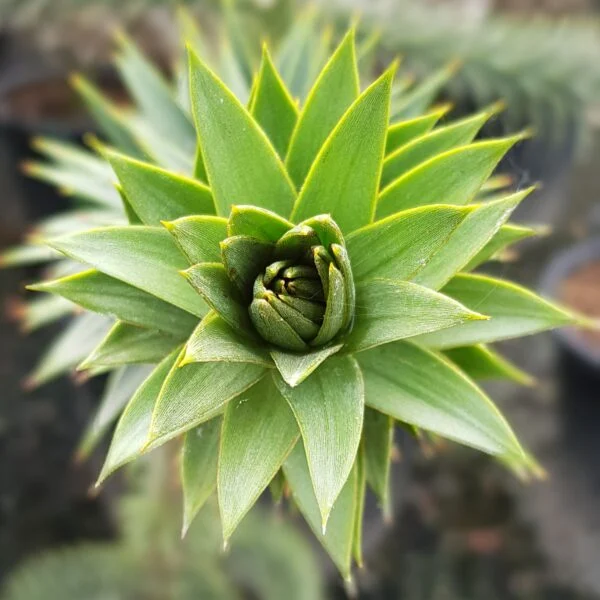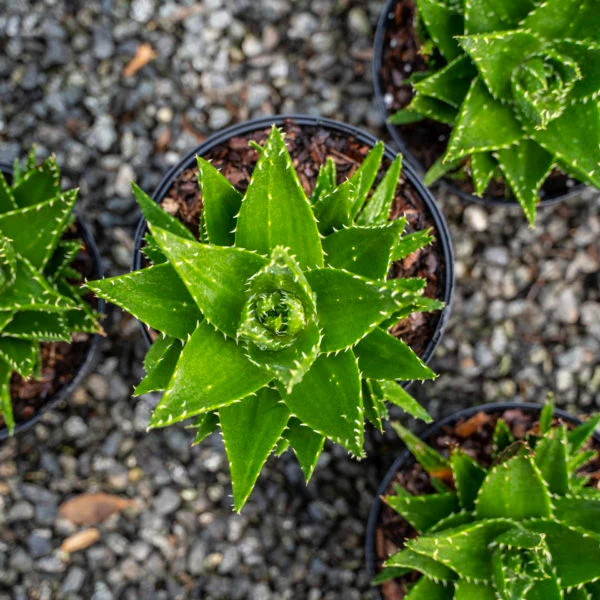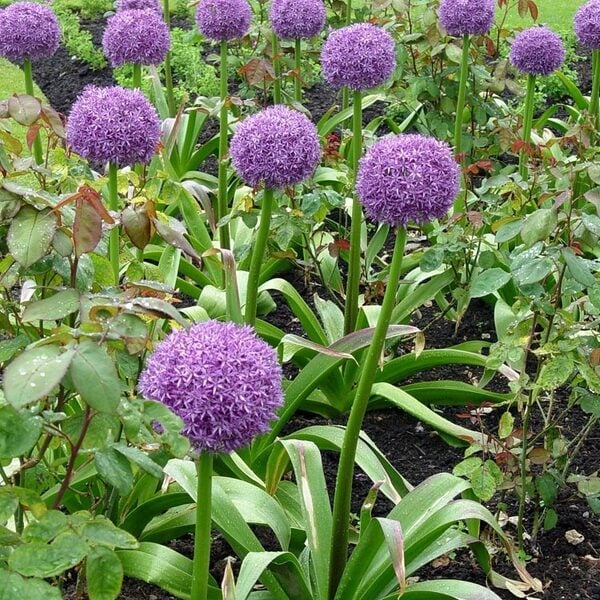Trochodendron aralioides (The Cartwheel Tree)
From 82.50 incl. VAT
Primitive, weird and unique from its evergreen Schefflera-like leaves to its vivid green flowers. Very frost hardy, slow growing to 20ft.

Hardiness level Green
We like revitalising your interest in plants that have for a variety of reasons often come to be ignored by UK growers and are rare to find in the broader commercial horticultural industry. Trochodendron aralioides is one of Guy’s favourite re-discoveries in recent years. Described to him years ago by Angus White as 'the loneliest plant in the world', this is a very old form of plant and it has no other living relatives. If you get plant taxonomy, you'll understand that this is an almost unparalleled order of loneliness. Originating from the broadleaved evergreen forests of Japan and Taiwan it was introduced to the west in the mid nineteenth century. After a celebrated period in the spot-light it appeared to fall from favour. Why - we really can’t understand. It is truly an incredible, multi-faceted plant.
At any stage of growth it has elegance. In maturity, it is most sophisticated. It grows as a tree or large shrub with clusters of defined pointed leaves that are a vibrant green when young turning to a darker statelier tone when mature. The juvenile leaves develop with a bright yellow-green sharply defined edging which makes them stand out against neighbouring foliage. At this stage, they add a dynamic contrast to surrounding planting. The stems are green but this is not what the eye is drawn to. The leaf buds are long and pointed before the new leaves emerge bronze, maturing to green before the appearance of clusters of yellow-green flowers for a female plant and purplish flowers for a male. As if this isn’t enough, the fruits which follow are really quite astonishing, forming clusters of delicate bell shapes, with each fruit shaped rather like a cartwheel. These go through various subtle colour changes. Perhaps the most beguiling of them being a gentle silvery tone.
Whether grown as a single stemmed tree or a broadly domed shrub, they are happiest in conditions reminiscent of woodland edge with deep, rich loamy soils and shelter from the cold, drying winds. It grows slowly and gently, but over a lifetime or more, could reach 17m. No longer reclusive: it’s refined, resilient, robust, radiant, rich, rare, revered, remarkable and relictual (an ancient species with evolutionary significance).
Propagated by us from seed or cuttings. Remember that there are both male and female plants and it could take several years to achieve maturity enough to flower depending on the size of plant you choose from our nursery.
When clipping several plants with the same tool, have a bucket containing a 5% bleach solution and swish your blades around for 30 seconds between plants to sterilise them. This will help avoid the chance of cross contamination of disease.
As with all woody plants, plant high, exposing as much of the taper at the base of the trunk as possible. Allowing soil to accumulate round the base of a tree can be fatal. Keep very well watered when first planted.
Additional Information |
|
|---|---|
| Size | 110L Apt (H2.3-2.95m, W2.3-2.6m)S46-72cm, G12-23cm, 150L Apt (H1.4m, W2.6m) S12-13cm, G13-25cm, 180L Apt (H2.6-3.1m, W2.4-3.1m)S45-52cm, G12-31cm, 20L (H55-80cm, W65-87cm) S6-17cm, G4-6cm, 230L Apt (H3.1-3.6m, W2.4-3m) S72-97cm, G13-22cm, 3-5L (H21-40cm, W33-43cm) G1-3cm |
| Soil Type | |
| Light | |
| Plant Type | Big Leaves / Exotics, Evergreen, Flowers, Grown by Us, Shrubs |
| Continent of Origin | |
| Specialist Plants | |
| Tree Size | |
| Flower Colour | |
| Hardiness | |
FAQs
How fast do Trochodendron aralioides grow?
In best conditions Trochodendron aralioides will grow just over 1ft a year.
How do you take care of Trochodendron aralioides?
It’s very hardy. Plant in clay or dry / well-drained soil. Happy in coastal, mild city gardens as well as a sheltered garden. Also good in a pot if looked after accordingly. Plant high, exposing as much of the taper at the base of the trunk as possible. Allowing soil to accumulate around the base of a tree can be fatal. Keep very well-watered when first planted. As far as we know, it's remarkably un-prone to any pests or diseases. It's learned to fend for itself. Creatively maintaining this plant by removing rouge and deviating shoots will help this little tree to be a perfect mathematical model.
How tall do Trochodendron aralioides grow?
Grows to about 15ft after 20 or more years.
Do Trochodendron aralioides prefer sun or shade?
Partial shade is probably best but it’s pretty unfussed.
Is Trochodendron aralioides an indoor or outdoor plant?
Outdoor plant.





